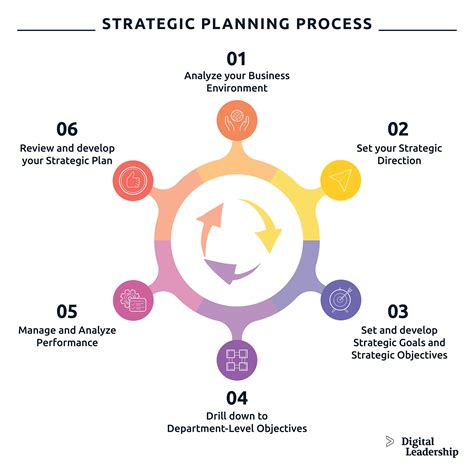How to optimize progressive overload for consistent strength & muscle gains?

For anyone serious about building strength and muscle, progressive overload isn’t just a concept; it’s the fundamental principle that dictates long-term success. Simply put, it means continually increasing the demands placed on your muscles over time. Without it, your body adapts to the current stimulus, and gains eventually plateau. But how do you optimize this crucial principle to ensure consistent, uninterrupted progress?
Understanding Progressive Overload
At its core, progressive overload requires you to make your workouts harder as your body adapts. This doesn’t necessarily mean adding more weight every single session. It’s about gradually challenging your muscles in a multitude of ways to force adaptation and growth. Your body is incredibly efficient; once it’s used to a certain level of stress, it stops needing to grow stronger or bigger to handle it. Progressive overload ensures that you’re always providing a novel stimulus.

Why Progressive Overload is Non-Negotiable
Consistent application of progressive overload is the primary driver for both hypertrophy (muscle growth) and increased strength. When you progressively challenge your muscles, you create micro-tears in the muscle fibers. As these fibers repair, they grow back stronger and slightly larger, preparing for the next challenge. This continuous cycle is what builds a more robust physique. Without a systematic approach to increasing demands, you’re essentially just maintaining your current level of fitness, not progressing beyond it.
Key Methods of Progressive Overload
There are several effective ways to apply progressive overload beyond just adding more weight. A smart lifter utilizes a combination of these methods:
- Increase Resistance (Weight): The most common method. If you lifted 100 lbs for 5 reps last week, aim for 105 lbs for 5 reps this week.
- Increase Repetitions: If you can’t increase weight, try to do more reps with the same weight. E.g., 100 lbs for 8 reps instead of 7.
- Increase Sets: Adding an extra set to an exercise can increase total volume and challenge.
- Decrease Rest Times: Shorter rest periods between sets make the workout more metabolically demanding, increasing intensity.
- Improve Form/Technique: Executing the same weight for the same reps with better form means you’re lifting it more effectively, often recruiting more muscle fibers.
- Increase Training Frequency: Training a muscle group more often throughout the week (e.g., twice instead of once) can lead to more opportunities for overload.
- Increase Time Under Tension (TUT): Slowing down the eccentric (lowering) or concentric (lifting) phase of an exercise can increase the total time the muscle is working.

Optimizing Your Progressive Overload Strategy
Simply knowing the methods isn’t enough; you need a strategy for implementation:
- Track Everything: This is paramount. Keep a detailed log of every workout, including exercises, sets, reps, weight, and even RPE (Rate of Perceived Exertion). This allows you to identify what you did last time and how to beat it.
- Prioritize Smart Progress, Not Just Heavy Weight: Don’t sacrifice form for ego. Small, consistent increases across various overload methods are more sustainable and safer than huge jumps that compromise technique.
- Implement Periodization: Structure your training into phases (e.g., strength, hypertrophy, endurance) with varying intensities and volumes. This prevents plateaus and allows for planned deloads.
- Strategically Use Deloads: Every 4-8 weeks, incorporate a deload week where you reduce volume and/or intensity. This allows your body to recover, adapt, and come back stronger, preventing burnout and injury.
- Listen to Your Body: Some days you’ll feel stronger, some days weaker. Don’t force progressive overload if your body is screaming for rest. Adjust on the fly and prioritize recovery.

Common Pitfalls to Avoid
Even with the best intentions, lifters often make mistakes that hinder progressive overload:
- Lack of Tracking: Guessing your previous lifts is a recipe for stagnation. If you don’t know what you did, you can’t consistently beat it.
- Ego Lifting: Trying to lift too much weight with poor form. This increases injury risk and often shifts tension away from the target muscles, reducing effective overload.
- Ignoring Other Methods: Solely focusing on adding weight. When weight increases stall, many give up instead of exploring reps, sets, TUT, or reduced rest.
- Overtraining and Under-recovering: Pushing too hard too often without adequate rest, nutrition, and sleep will lead to fatigue, performance drops, and increased injury risk.

Optimizing progressive overload is a marathon, not a sprint. It requires patience, consistency, and a systematic approach. By understanding its various facets, diligently tracking your progress, and wisely implementing different overload methods, you’ll ensure that your body is always challenged, always adapting, and always progressing towards new levels of strength and muscle mass. Make it the cornerstone of your training philosophy, and watch your gains become truly consistent.









